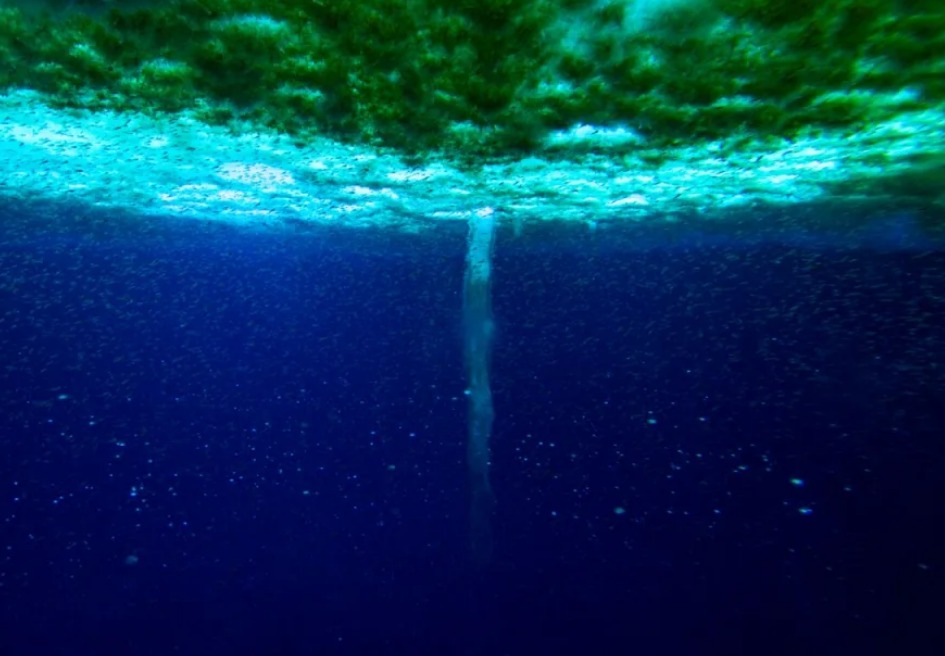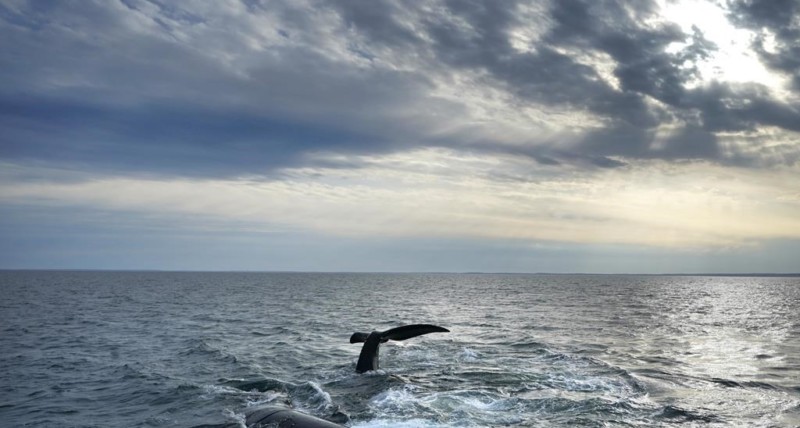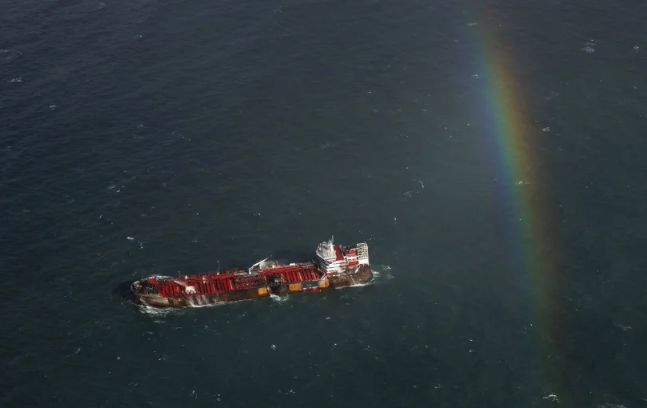If living conditions seem hellish on the polar ice floes, underwater a rare and formidable phenomenon threatens underwater species.
Known since the 1960s but filmed for the first time only in 2011 (by the BBC), the “finger of death” is one of the most chilling phenomena on our planet. Also called “brinicle”, after the contraction of the English terms brine (brine) and icicle (stalactite), this long tube of ice descends from the frozen surface towards the depths. Although it often breaks under its own weight, the brinicle sometimes reaches the bottom and eliminates any creatures too slow to move away quickly. Indeed, contrary to appearances, life is abundant in these cold waters but protected from extreme temperatures by the ice, which acts as insulation. But a brinicle can spread this intense cold to the ocean floor. Sea urchins, starfish or algae then find themselves frozen in a trail of ice and die quickly. The fingers of death only form in the coldest waters on Earth, under sea ice, therefore most often under the ice floes of the polar oceans, in the Arctic and Antarctica.
A phenomenon difficult to observe
In 2015, during the Antarctica expedition initiated by Luc Jacquet (director of The March of the Emperor), the Gombessa team, led by biologist and photographer Laurent Ballesta, carried out exceptional dives near the islet. of the Whale.
During one of these descents, the photographer managed to capture three brinicles in formation. The images of this extreme expedition were published in the book Adélie, terre & mer (ed. Paulsen-Kobalann, 2016).
The particularities of sea water
Described by the American oceanographer Seelye Martinen in 1974, this phenomenon is based on the fact that the sea does not freeze in the same way as the water in your ice cube tray. When it reaches around -2°C, seawater freezes and expels impurities, notably salt; pockets of extremely salty water form. The ice floe is therefore “swarmed” with cavities filled with brine. Their salt content prevents them from freezing, but their density drags them down. If fractures appear in the ice floe, the pocket flows into it. In contact with liquid water, the brine, much colder (it can reach -20° C), freezes the sea around it; a stalactite forms. At the heart of the tube, the brine continues to flow. If its flow continues and the currents are weak, the stalactite continues to grow. Once on the ground, it develops horizontally, creating a lethal ice track for fauna and flora.




